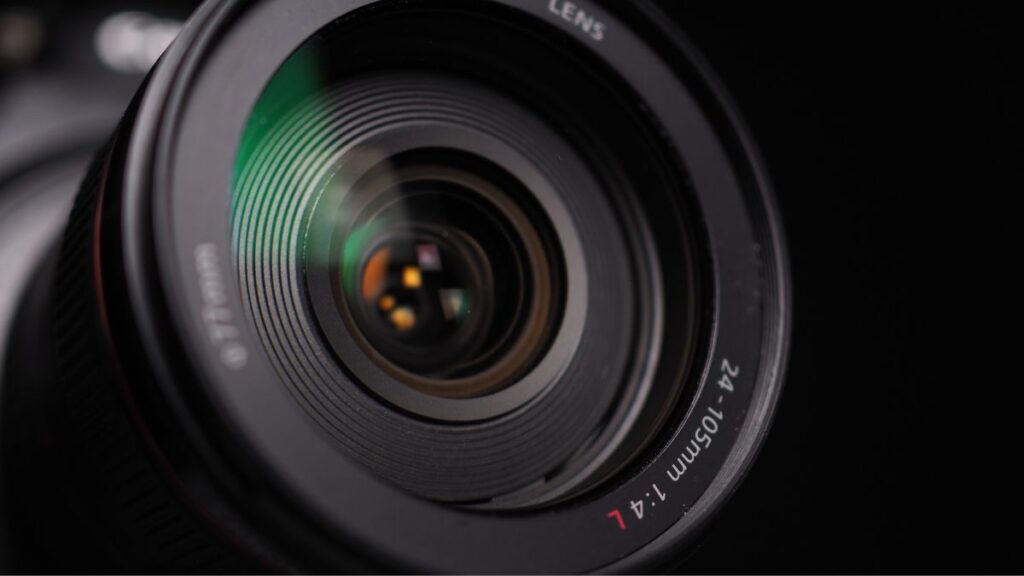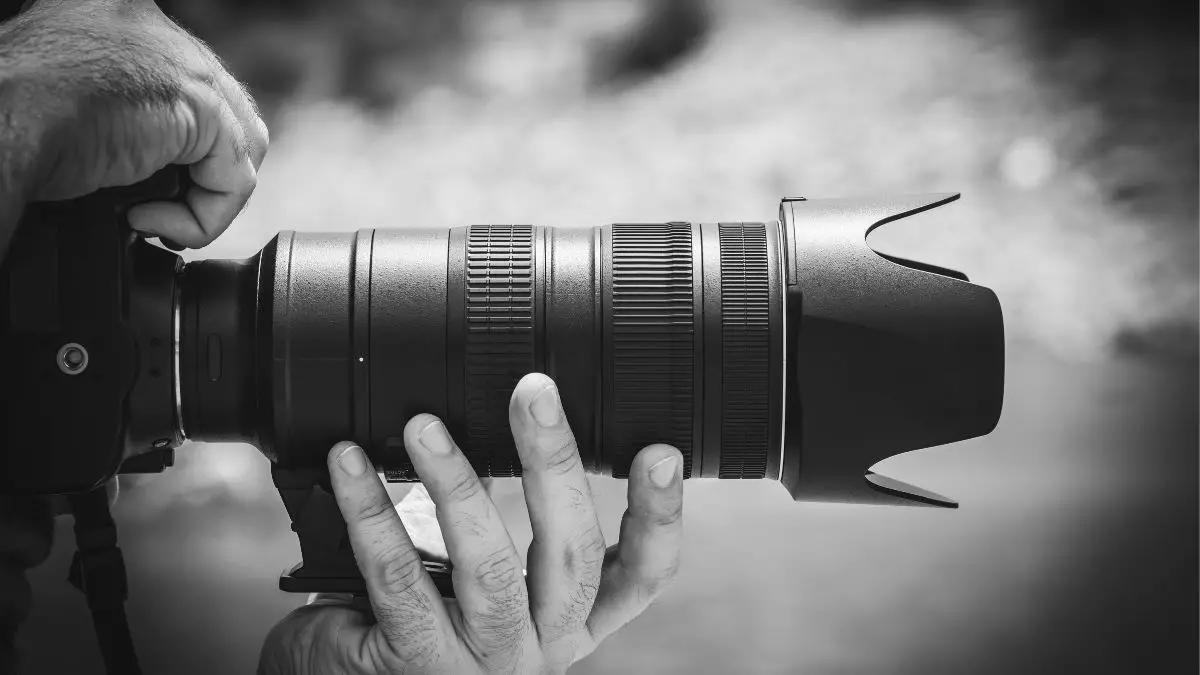Portrait photography is a beautiful art form that allows photographers to capture the essence and personality of their subjects. Whether you’re just starting or looking to upgrade your equipment, choosing the right camera is crucial for achieving stunning portraits. In this guide, I will walk you through selecting the best beginner camera for portrait photography so you can easily capture memorable images.
Importance of choosing the right camera for portrait photography
The camera you choose for portrait photography plays a vital role in the outcome of your images. It’s important to understand that it’s not just about megapixels and high-tech features but how the camera handles different lighting conditions and captures the intricate details of a person’s face. The right camera should offer excellent image quality, accurate skin tones, and the ability to create a shallow depth of field for that dreamy, blurred background effect.
Key factors to consider when selecting a beginner camera for portrait photography
When you’re in the market for a beginner camera for portrait photography, there are several vital factors you should consider. Firstly, sensor size is crucial as it determines the amount of light the camera can capture, affecting image quality. A larger sensor typically produces better results. Secondly, look for a camera with a wide ISO range, allowing you to shoot in low-light conditions without sacrificing image quality. Lastly, consider the camera’s autofocus system. A fast and accurate autofocus is essential for capturing sharp and well-focused portraits.
Top beginner cameras for portrait photography
Now that we understand the key factors to consider let’s explore some of the top beginner cameras for portrait photography. The Canon EOS Rebel T7i is an excellent choice for beginners. It features a 24.2-megapixel APS-C sensor, a wide ISO range of 100-25600, and a 45-point autofocus system. Another great option is the Nikon D3500, which boasts a 24.2-megapixel DX-format sensor, an ISO range of 100-25600, and an 11-point autofocus system. Both cameras deliver exceptional image quality and are user-friendly for those new to portrait photography.
Camera features are what a beginner camera for portrait photography should look for.
When selecting a beginner camera for portrait photography, specific features can significantly enhance your shooting experience. Look for a camera that offers a fully articulating LCD screen, which allows you to compose your shots easily from various angles. Additionally, having a camera with a high-resolution electronic viewfinder can be beneficial, enabling you to preview your images in real time. Another feature to consider is in-body image stabilization, which helps reduce camera shake and produces sharper images, especially when shooting handheld.

Budget-friendly options for beginner cameras for portrait photography
If you’re on a tight budget, beginner portrait photography cameras are still excellent options. The Sony Alpha a6000 is a mirrorless camera that delivers impressive image quality at an affordable price. It features a 24.3-megapixel APS-C sensor, a wide ISO range of 100 25600, and a fast hybrid autofocus system. Another inexpensive choice is the Fujifilm X-T200, which offers a 24.2-megapixel APS-C sensor, an ISO range of 200-12800, and a 425-point autofocus system. Both cameras provide excellent value for money without compromising on image quality.
Comparison of different beginner cameras for portrait photography
To help you make an informed decision, let’s compare some of the beginner cameras we’ve discussed. The Canon EOS Rebel T7i and Nikon D3500 are excellent choices with similar specifications. However, the Canon offers a higher resolution LCD screen, while the Nikon has a longer battery life. Regarding budget-friendly options, the Sony Alpha a6000 and Fujifilm X-T200 are both compact and lightweight, making them ideal for travel and street portraits. Sony offers a faster burst mode, while Fujifilm provides a higher maximum ISO.
Expert recommendations for the best beginner camera for portrait photography
If you’re looking for expert recommendations, the Sony Alpha a6400 is highly regarded among professionals. It features a 24.2-megapixel APS-C sensor, an ISO range of 100-32000, and a fast and accurate autofocus system. The Canon EOS 90D is another favorite, offering a 32.5-megapixel APS-C sensor, an ISO range of 100-25600, and a 45-point all-cross type autofocus system. Both cameras deliver exceptional image quality and advanced features that will grow with you as you progress in your portrait photography journey.
Accessories and additional equipment for portrait photography
Several accessories and additional equipment are worth considering to elevate your portrait photography. A prime lens with a wide aperture, such as a 50mm f/1.8, is a must-have for achieving that beautiful background blur. A reflector can help bounce light onto your subject’s face and reduce shadows. A tripod is essential for shooting in low-light conditions or to ensure a steady shot. Lastly, investing in a quality external flash can significantly improve the lighting of your portraits, especially when shooting indoors or in challenging lighting situations.
Conclusion: Make the right choice for your portrait photography journey
Choosing the best beginner camera for portrait photography is an important decision that can significantly impact your photography journey. By considering key factors such as sensor size, ISO range, and autofocus system, you can narrow your options and find a camera that suits your needs and budget. Whether you opt for the Canon EOS Rebel T7i, the Sony Alpha a6000, or any other camera we’ve discussed, remember to practice and experiment to develop your unique style. You’ll capture stunning portraits with dedication and the right camera in no time.

